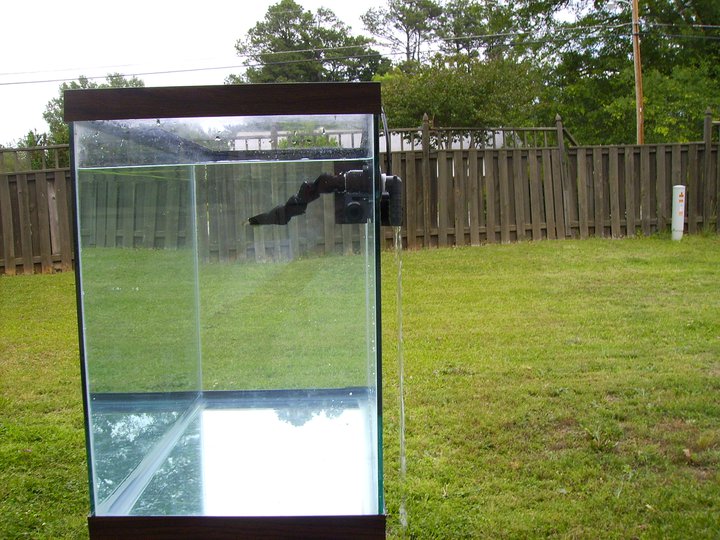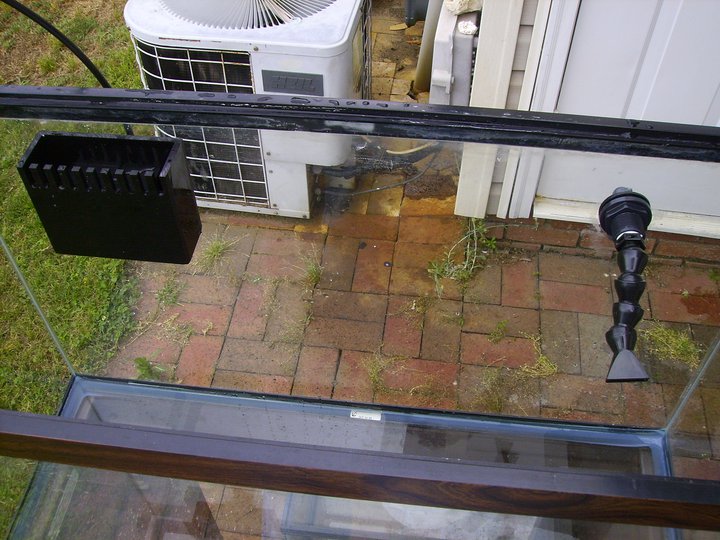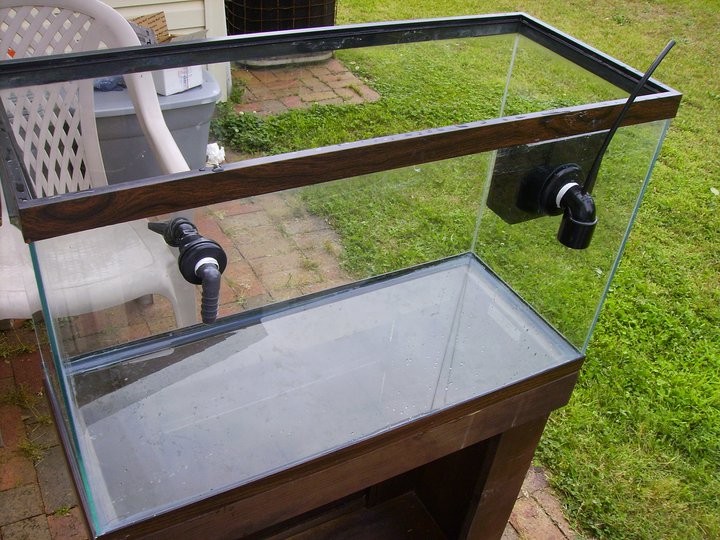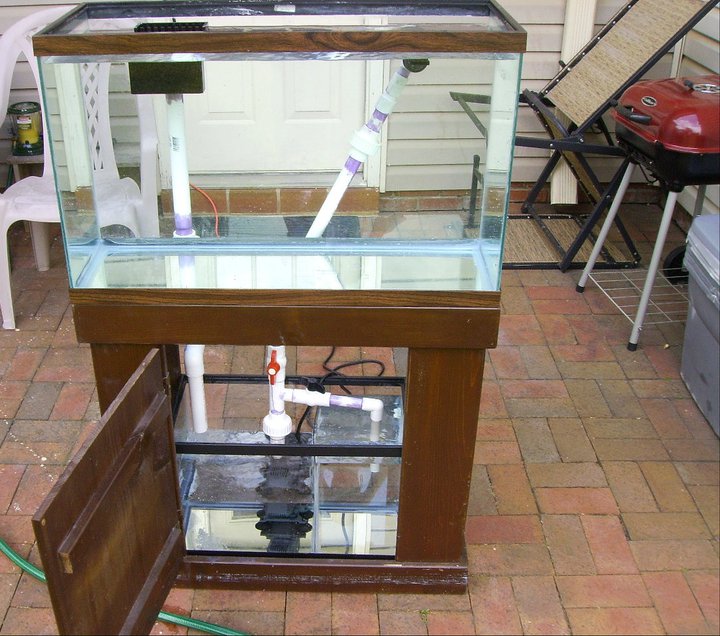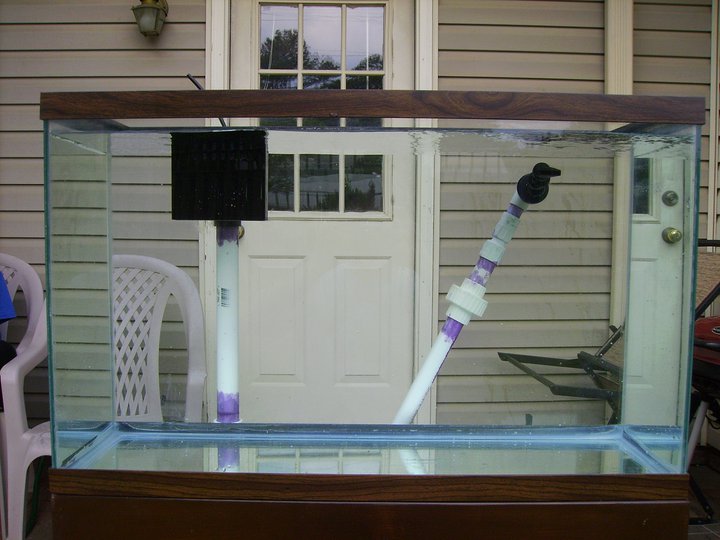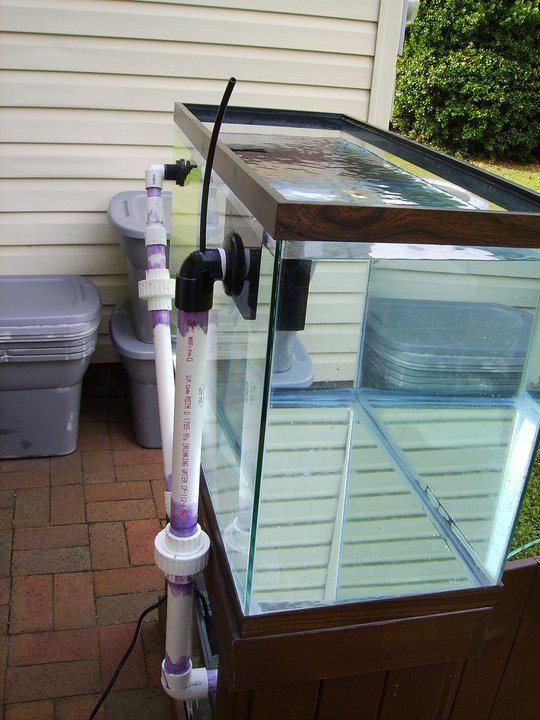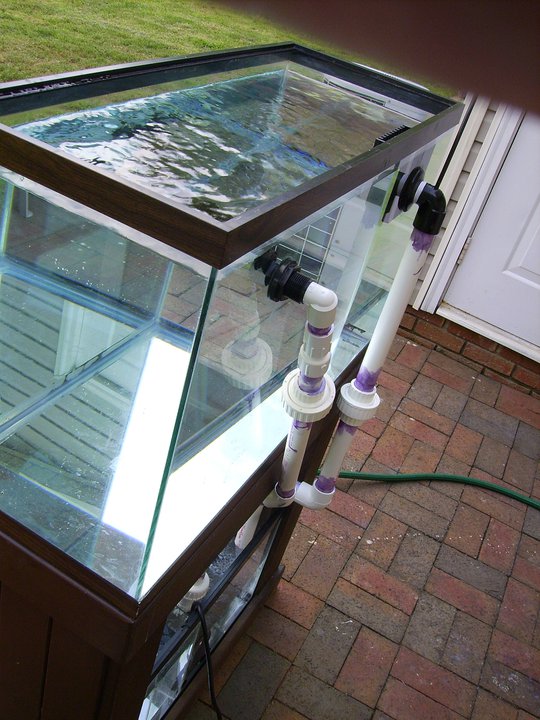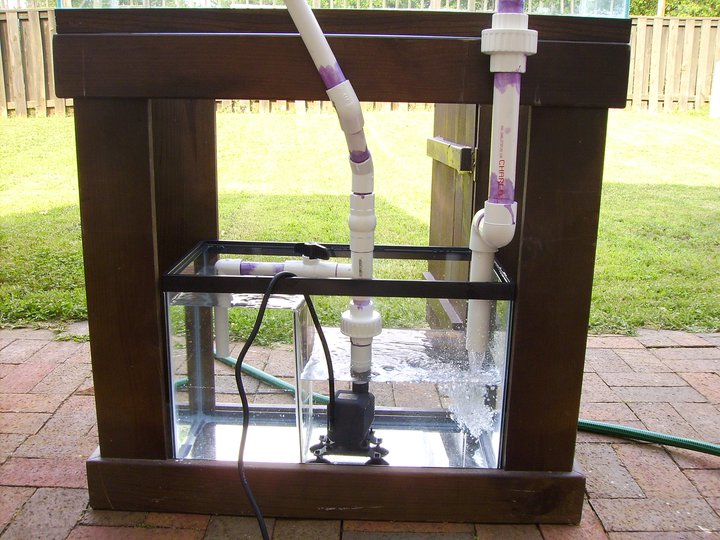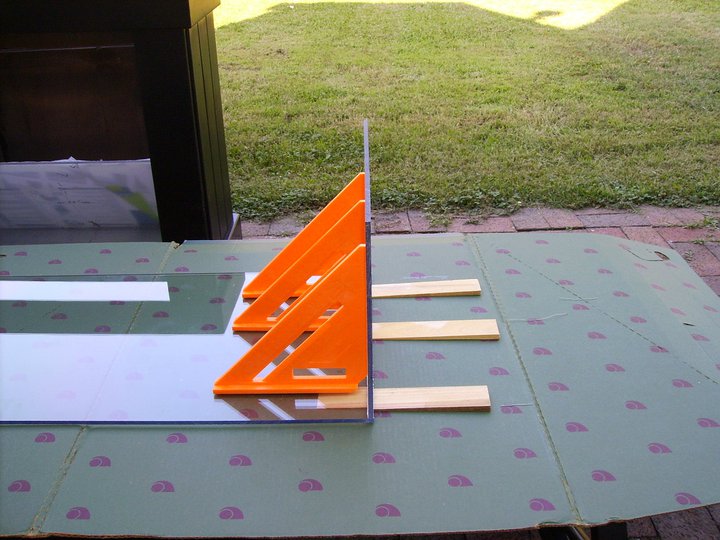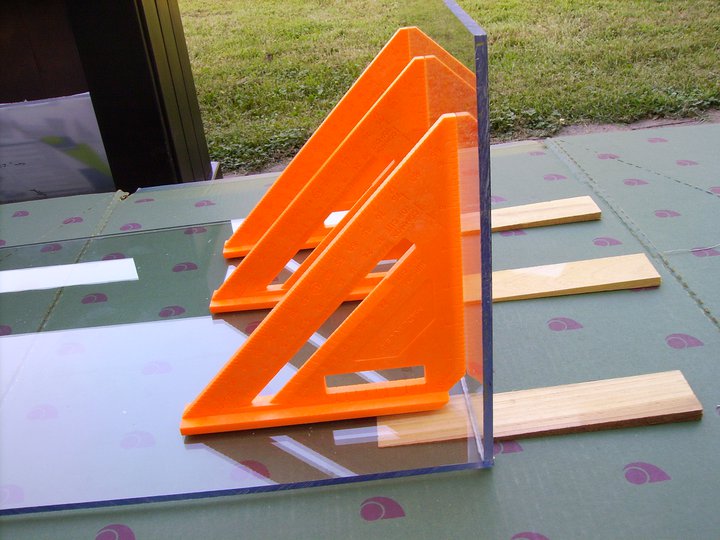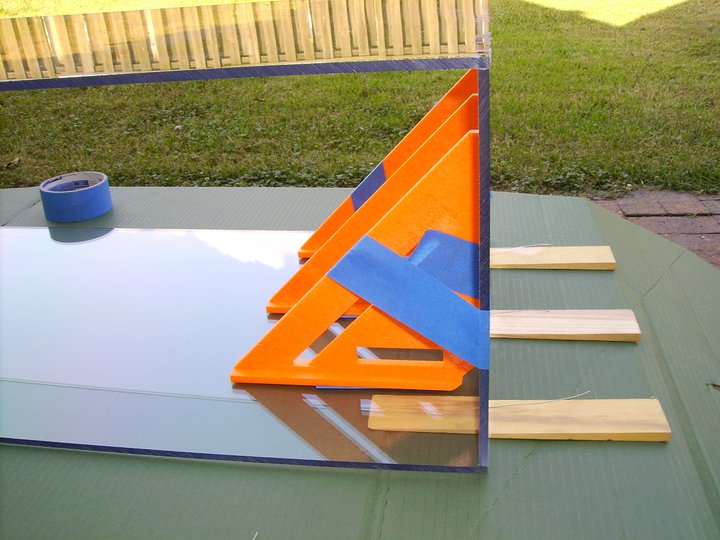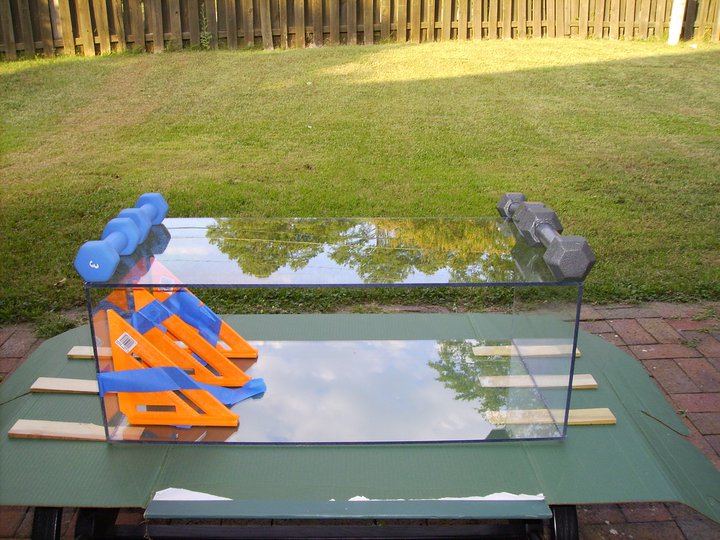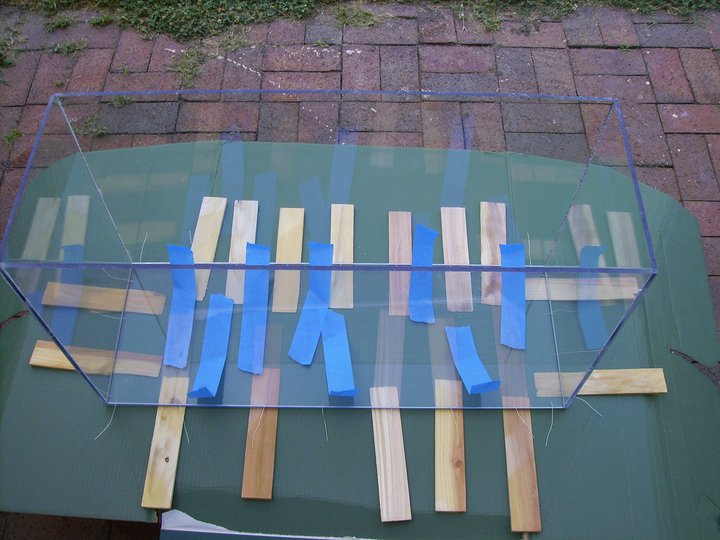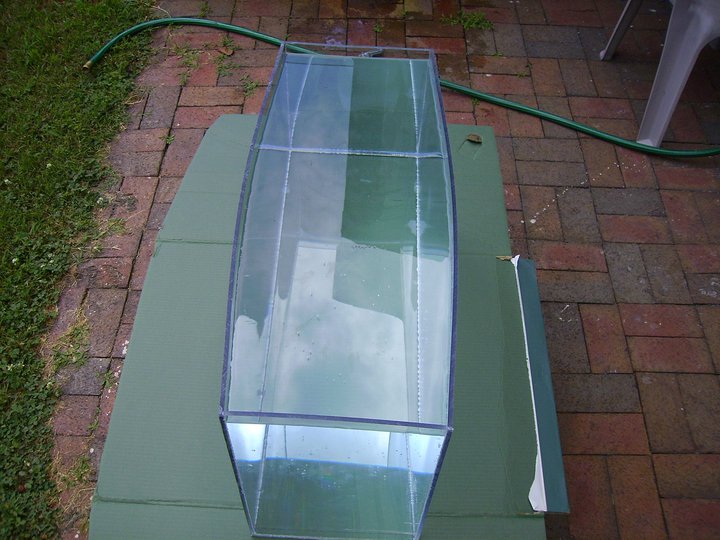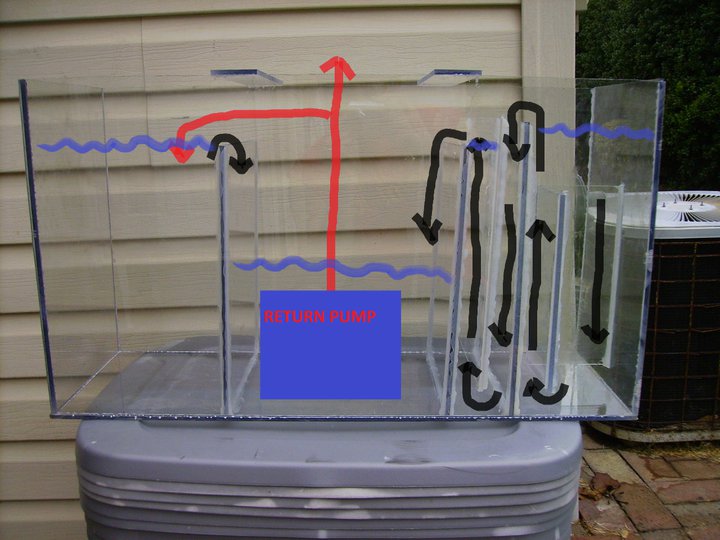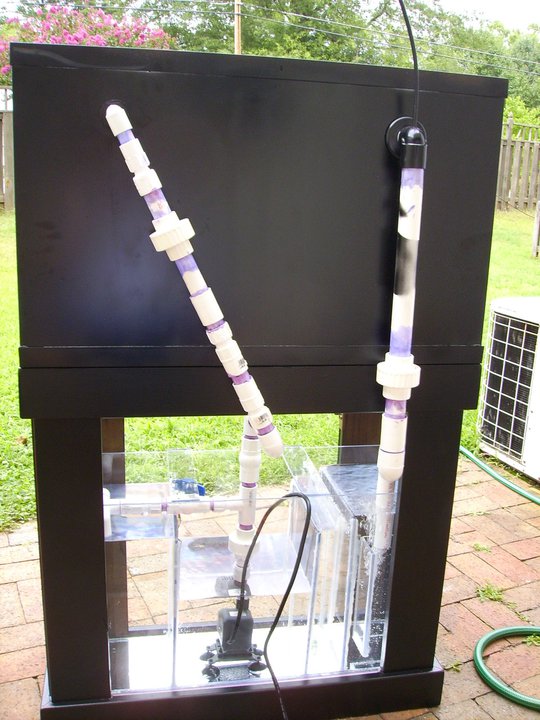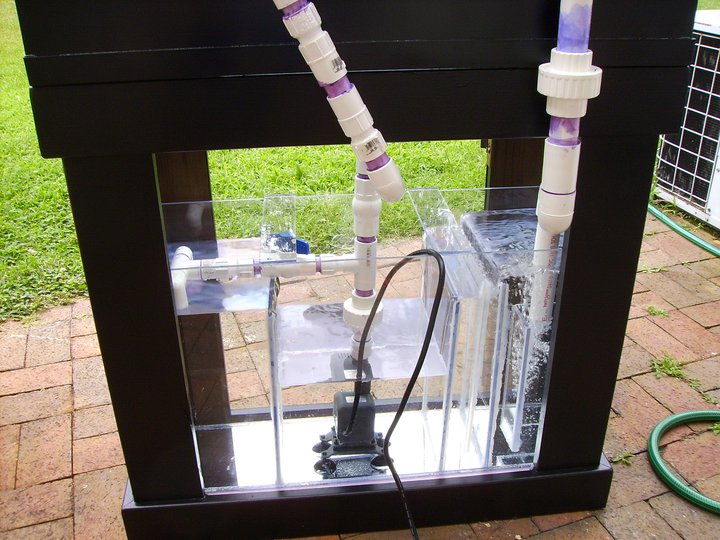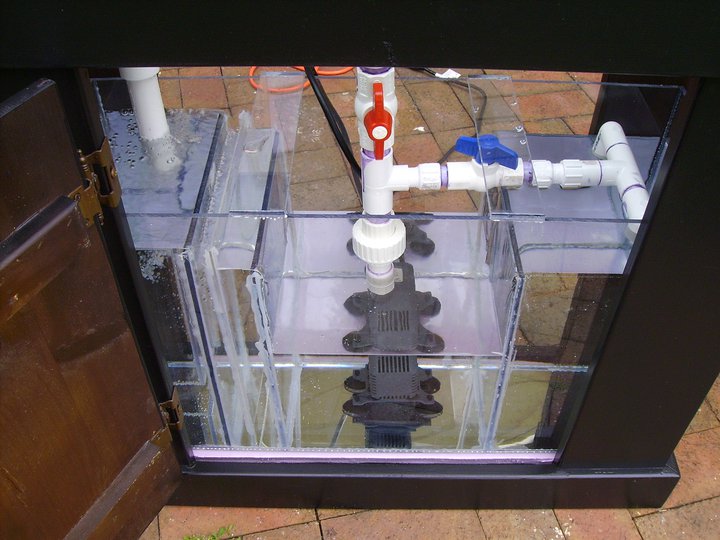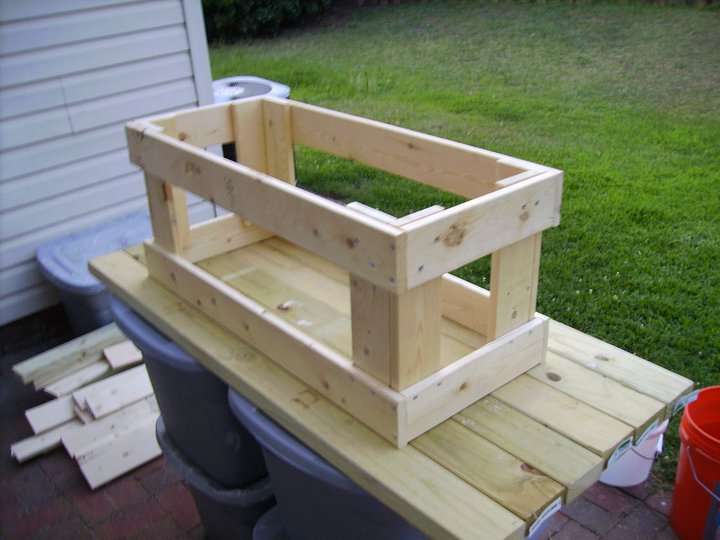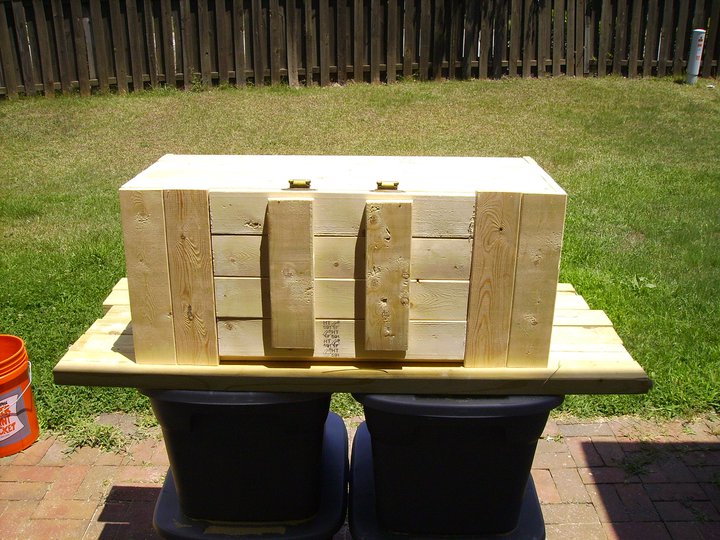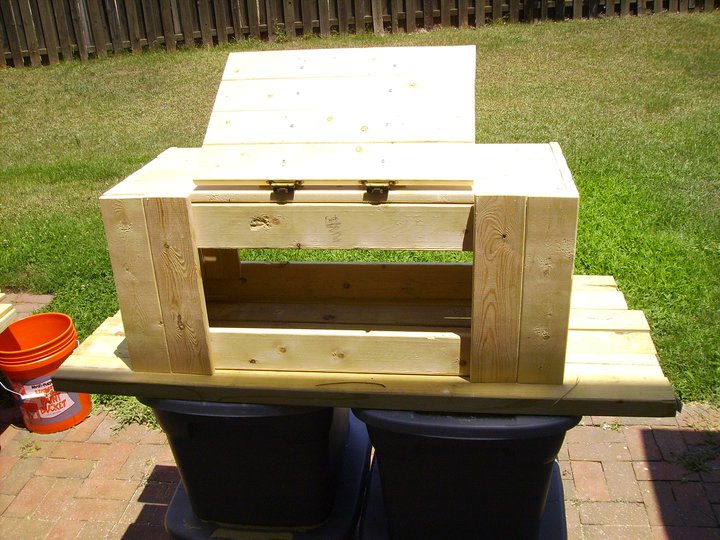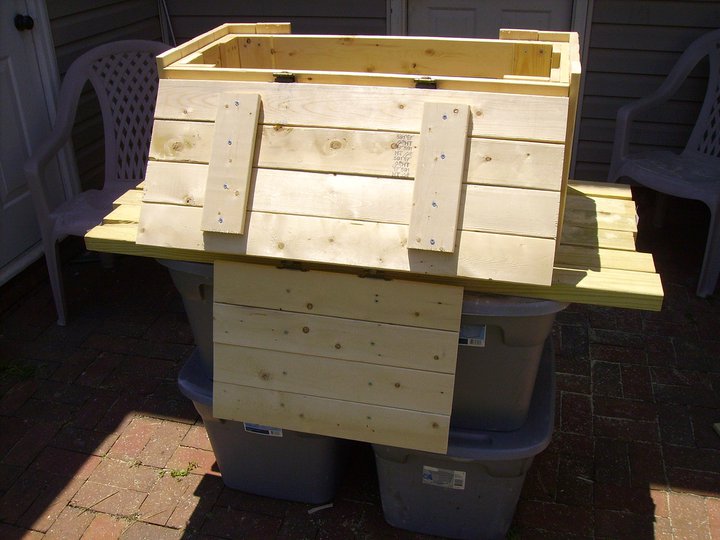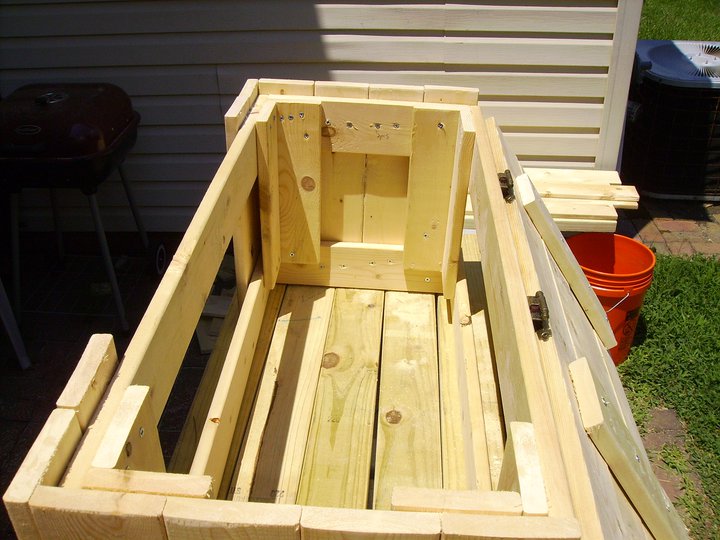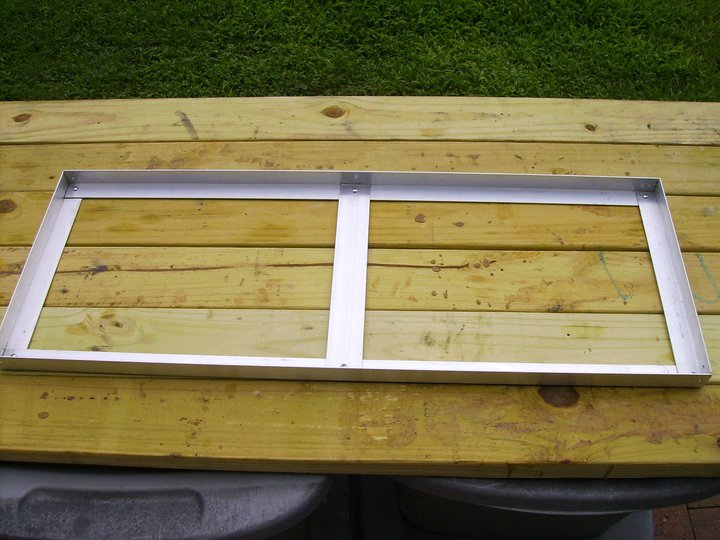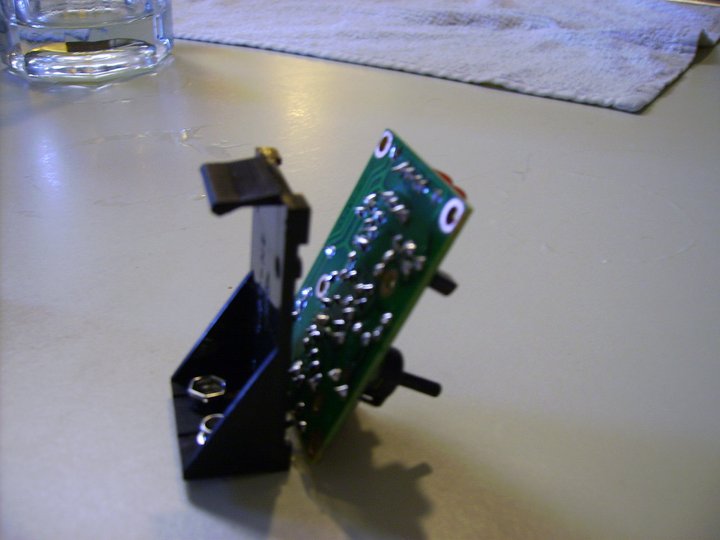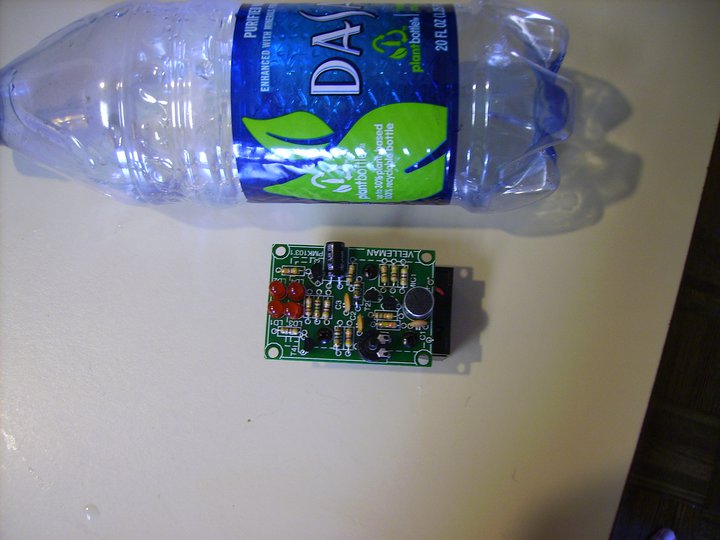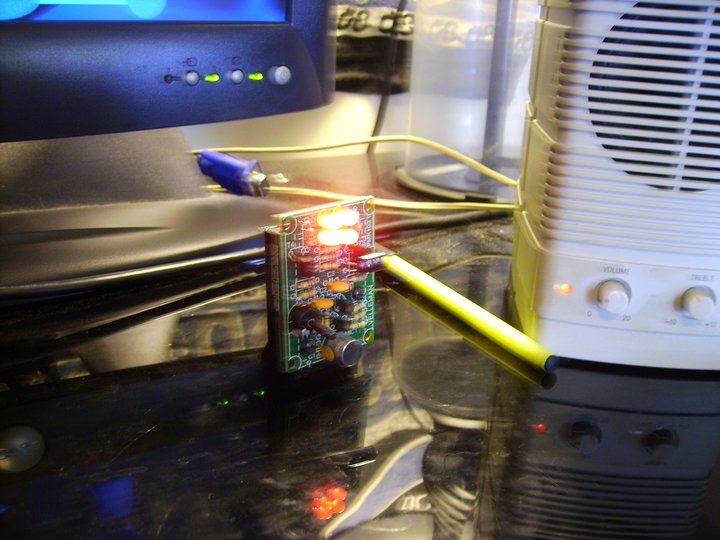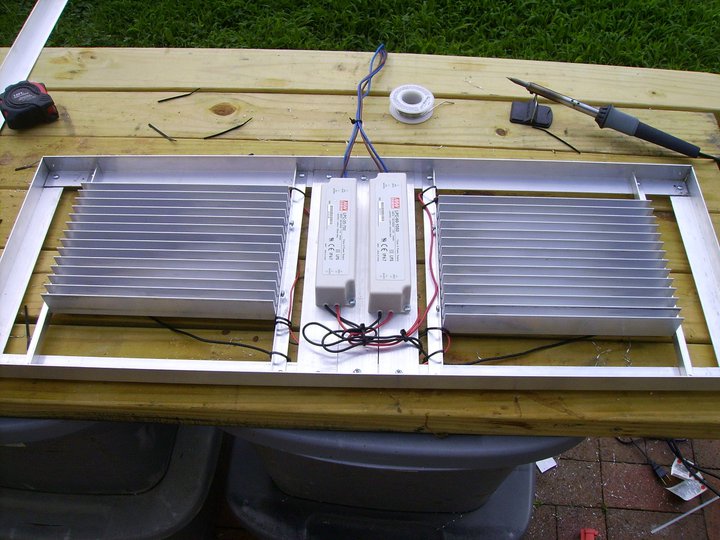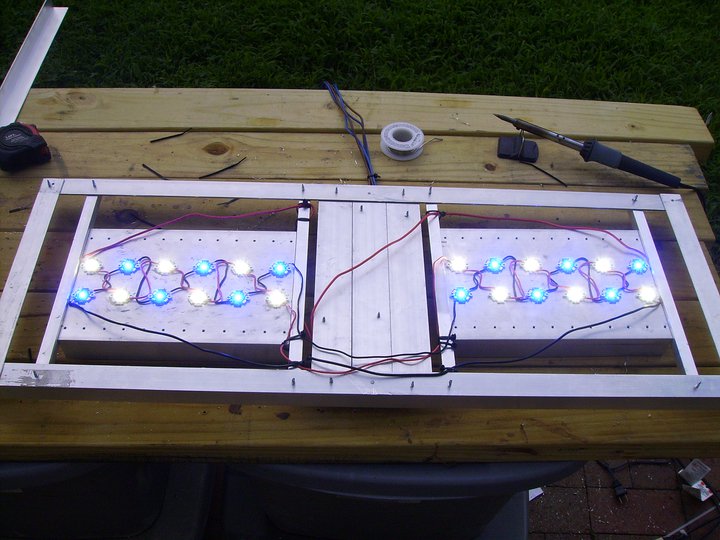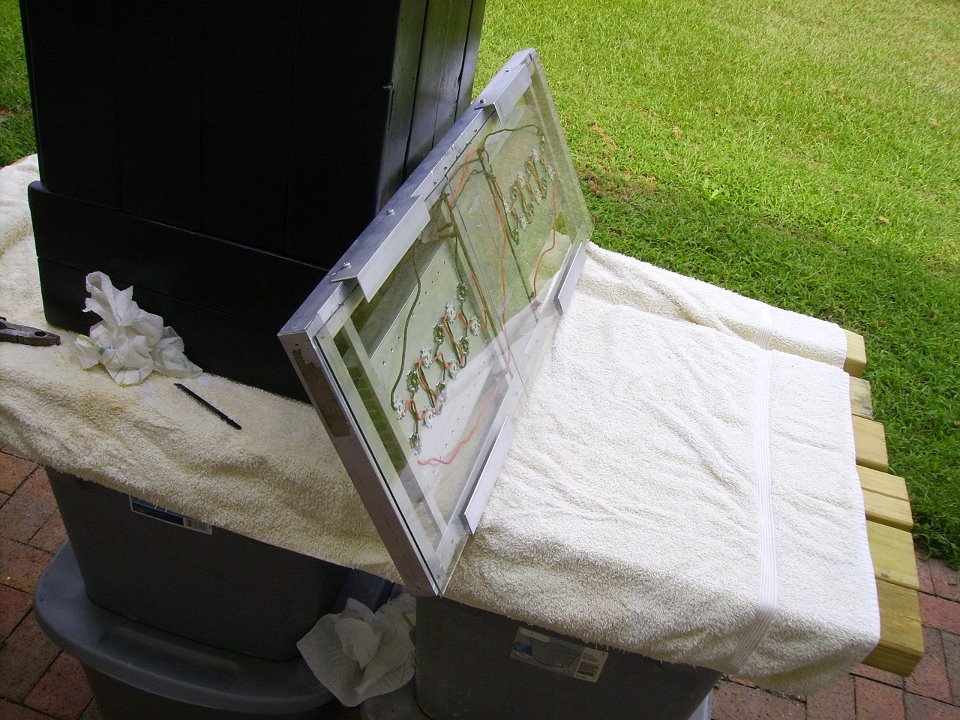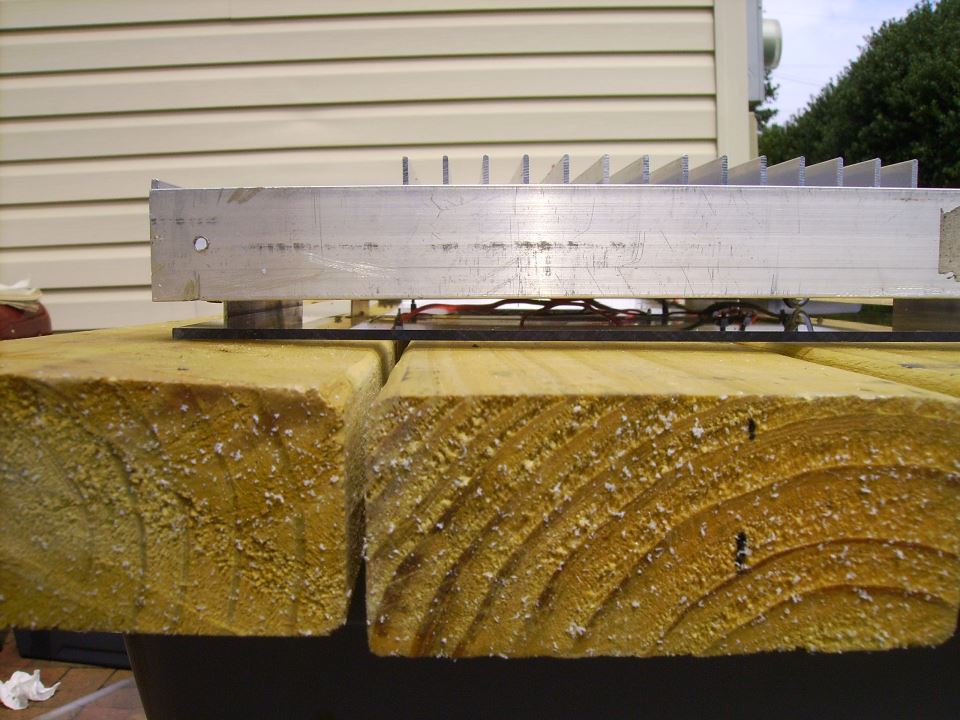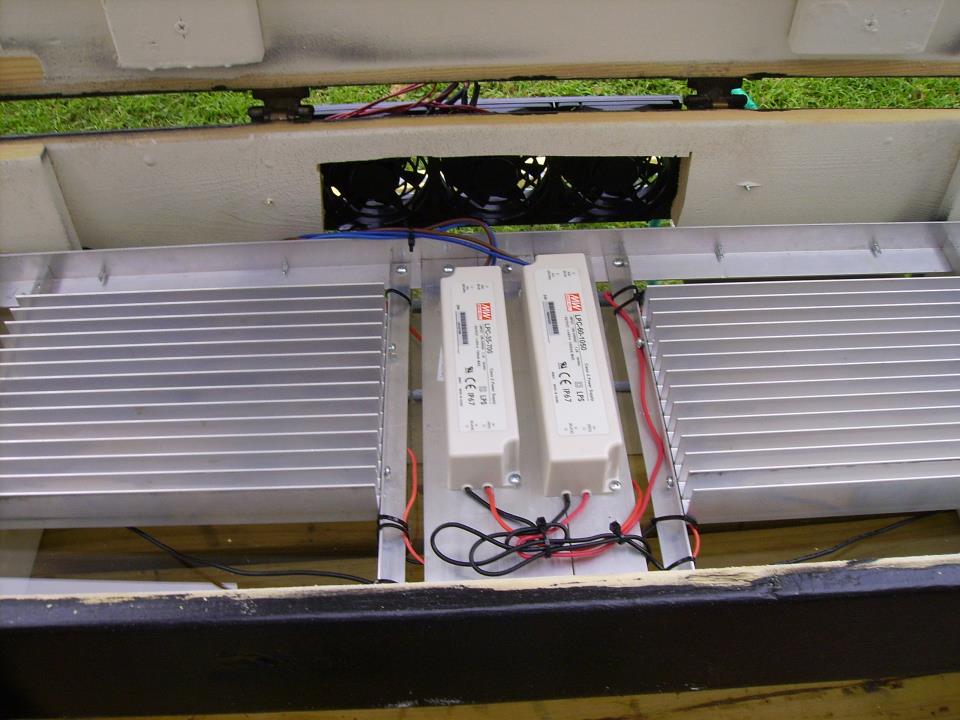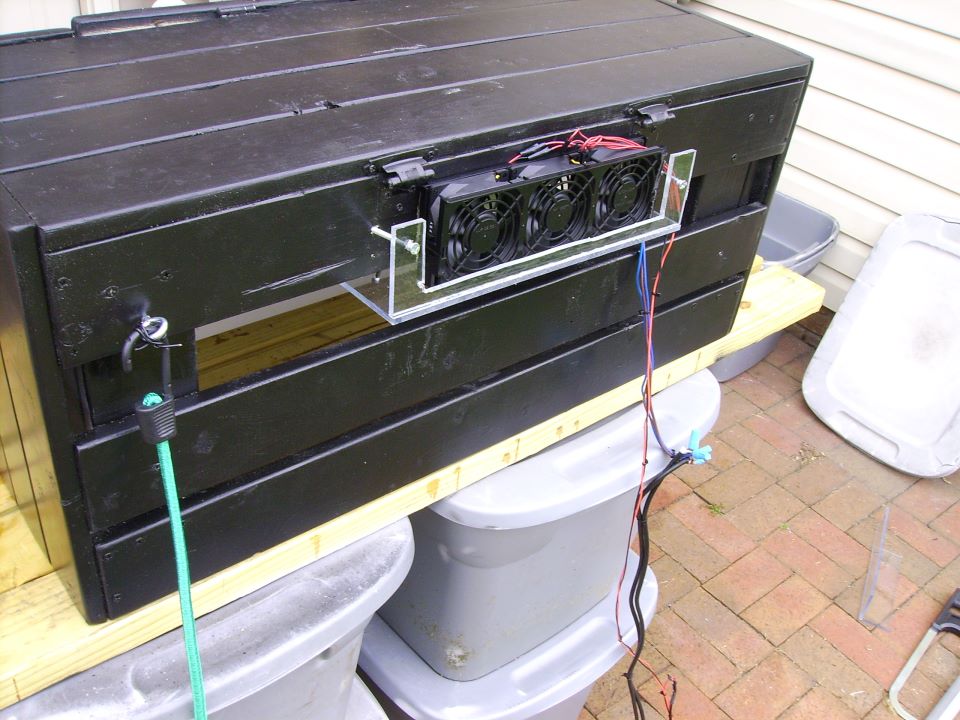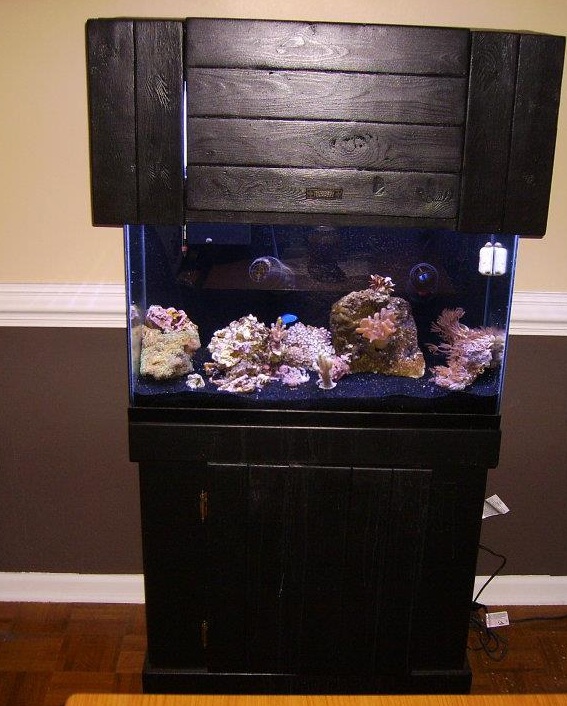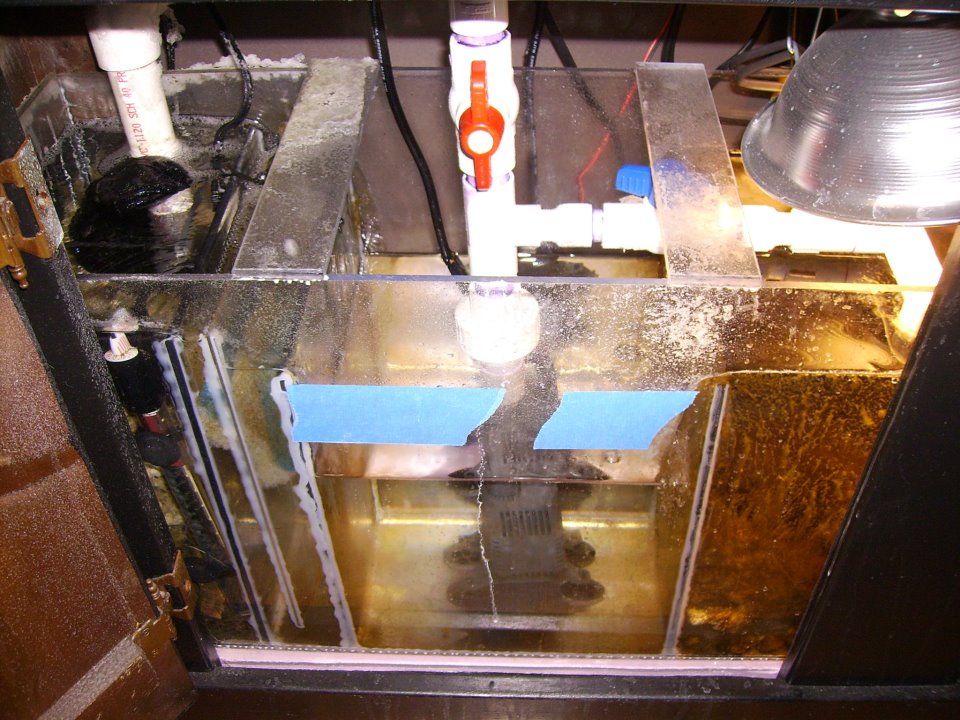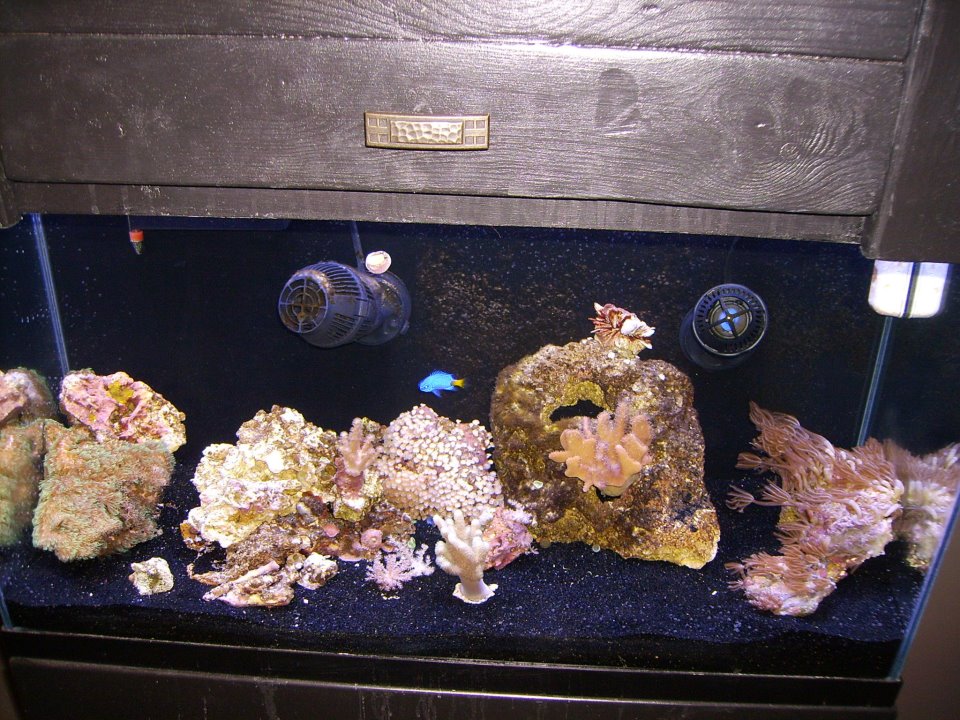A friend of mine found a 30 gallon tank on the side of the road with a stand - free to a good home. I, being insane, decided I wanted to drill it, plumb it, fabricate a sump, build my own canopy, and fabricate an LED fixture for it. Now here I am 8 months later thinking I might do another one soonish and I wanted to capture what I did and especially the things I would do differently the next time around. Love to hear anyone's thoughts on what they see - I know I learned a huge amount but almost all the concepts came from the experts here so my hope is that someone might see things that eluded me.
Drilling, part 1
Tools used: Plumbers putty, holesaw and bulkhead from glass-holes. All told it's not that difficult to do. I made a point of following their directions and not pushing at all - just let the drill grind out the hole. Also, a battery operated low voltage drill seemed to work better than a corded drill. My brother had a fair amount of chipout because it drilled out so fast
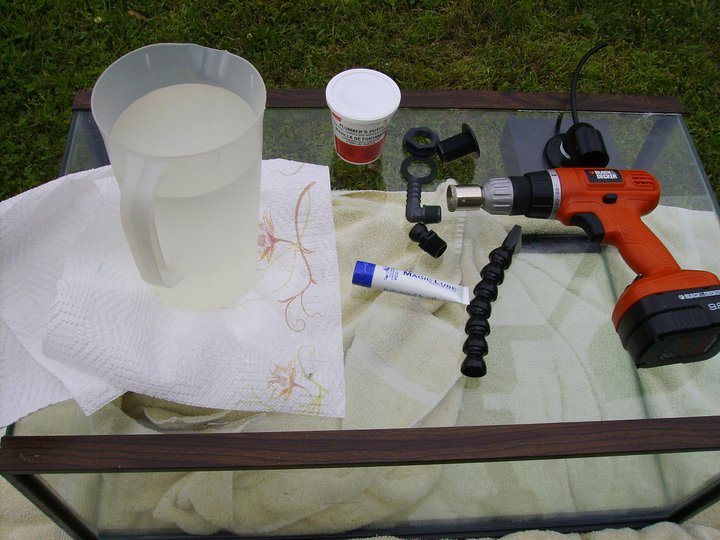
Pool of water using plumbers putty for cooling.
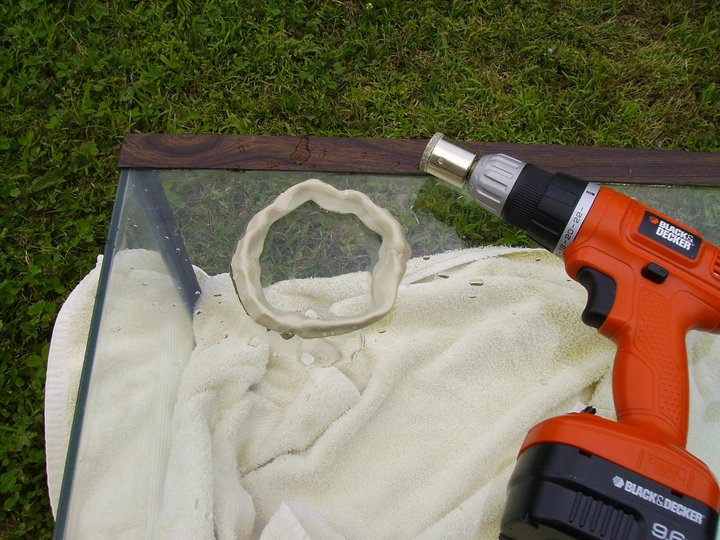
Holesaw has begun to grind the hole in. You can kind of see how the hole isn't perfectly round because it took a couple times to get the groove going. I should have made a piece of wood with the correct diameter that I could tape to the back and use as a guide - glass-holes sent one of those for the overflow but not the return.

Broken through and the towels underneath caught the glass chip.

Shot showing the thickness of the glass. This took about 15 minutes of slow drilling as I was paranoid about pressure.
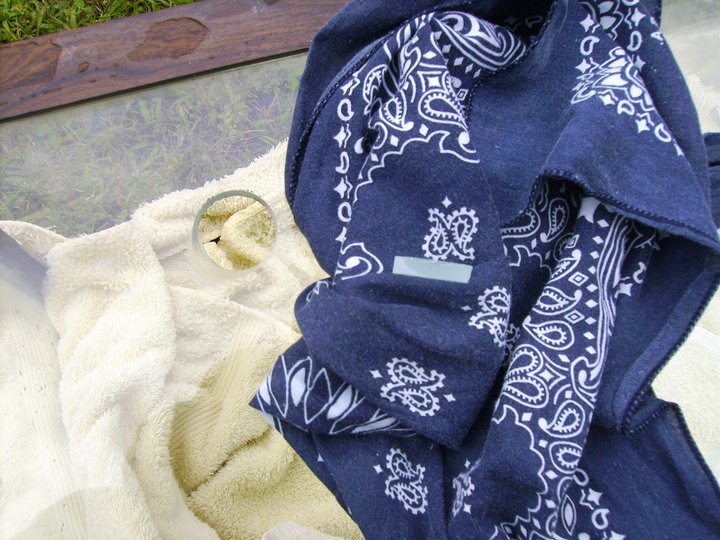

I put the bulkhead in wrong. Should have been flange/gasket on the inside and the bolt on the outside. Was fixed later.
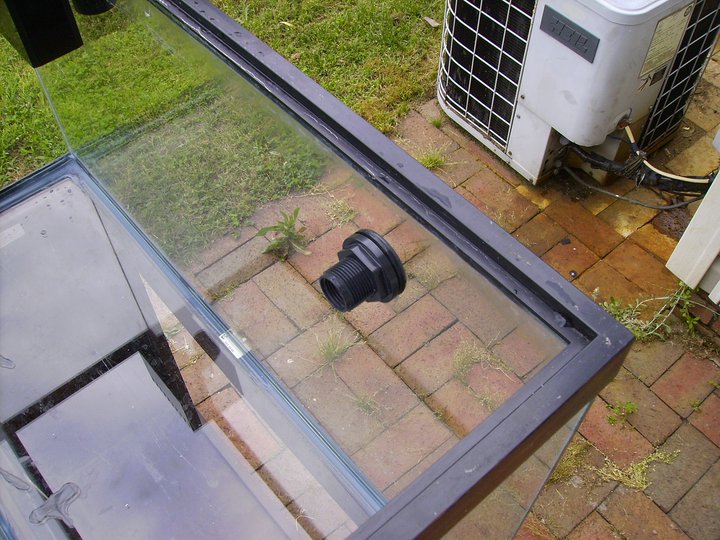
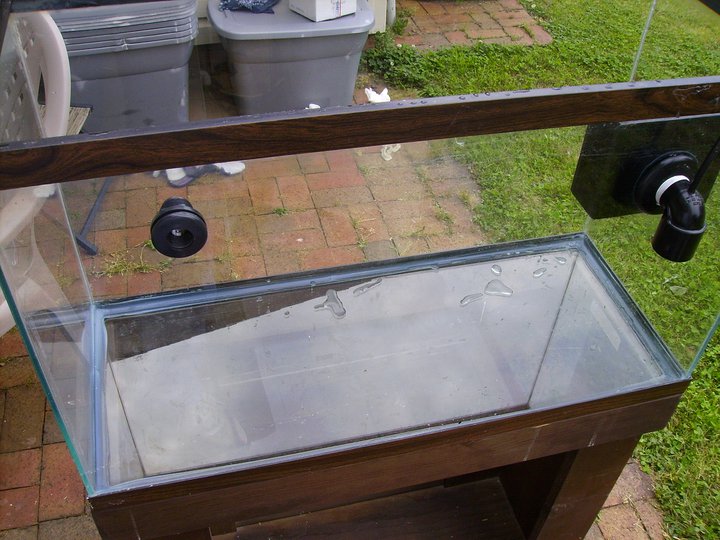
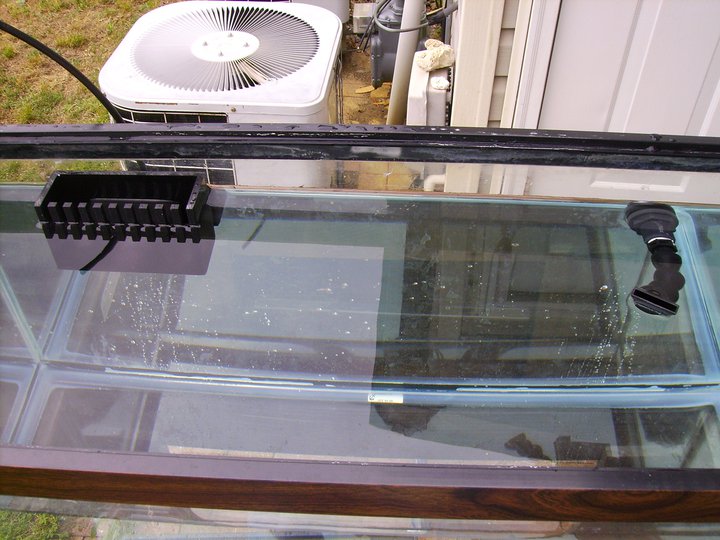
Drilling, part 1
Tools used: Plumbers putty, holesaw and bulkhead from glass-holes. All told it's not that difficult to do. I made a point of following their directions and not pushing at all - just let the drill grind out the hole. Also, a battery operated low voltage drill seemed to work better than a corded drill. My brother had a fair amount of chipout because it drilled out so fast

Pool of water using plumbers putty for cooling.

Holesaw has begun to grind the hole in. You can kind of see how the hole isn't perfectly round because it took a couple times to get the groove going. I should have made a piece of wood with the correct diameter that I could tape to the back and use as a guide - glass-holes sent one of those for the overflow but not the return.

Broken through and the towels underneath caught the glass chip.

Shot showing the thickness of the glass. This took about 15 minutes of slow drilling as I was paranoid about pressure.


I put the bulkhead in wrong. Should have been flange/gasket on the inside and the bolt on the outside. Was fixed later.





